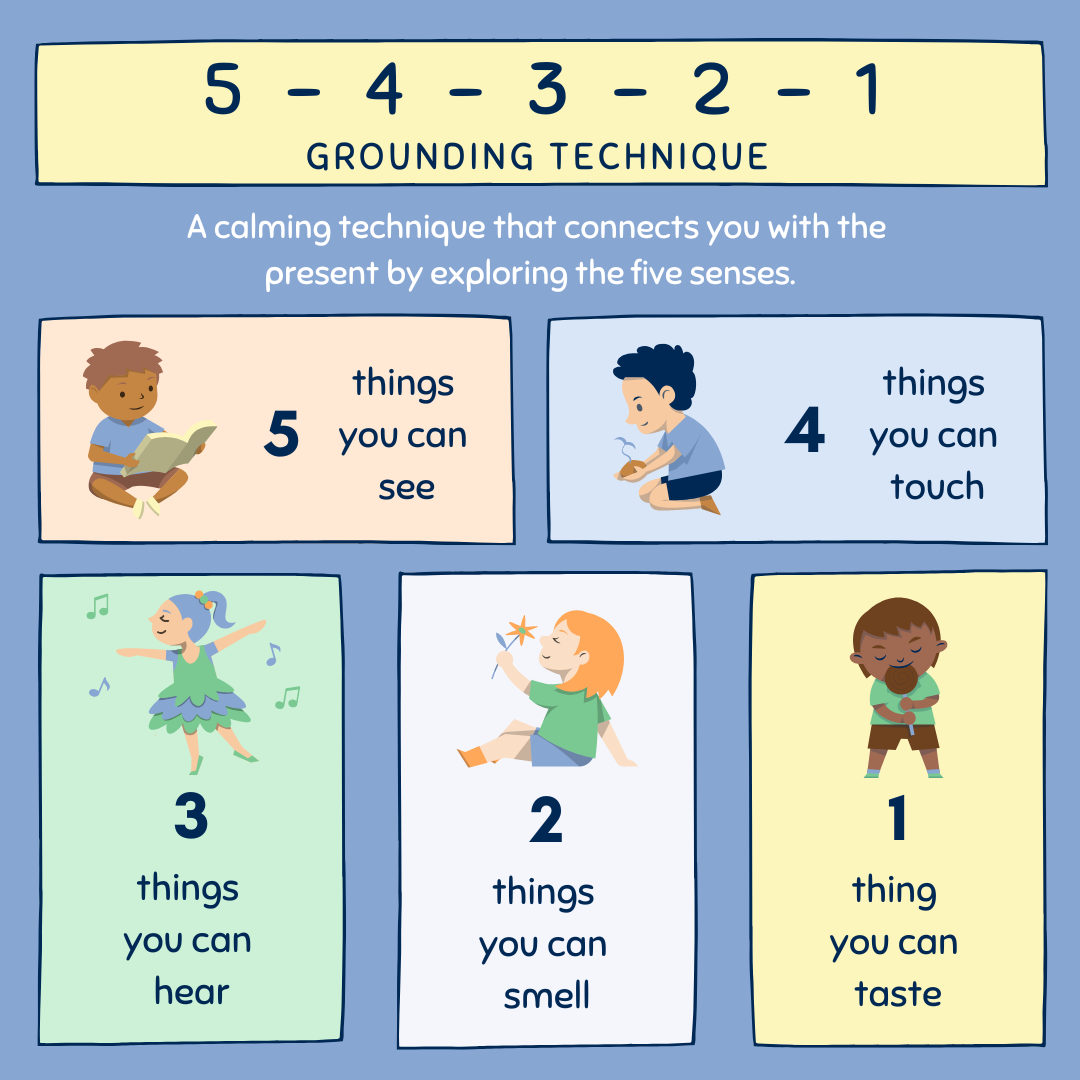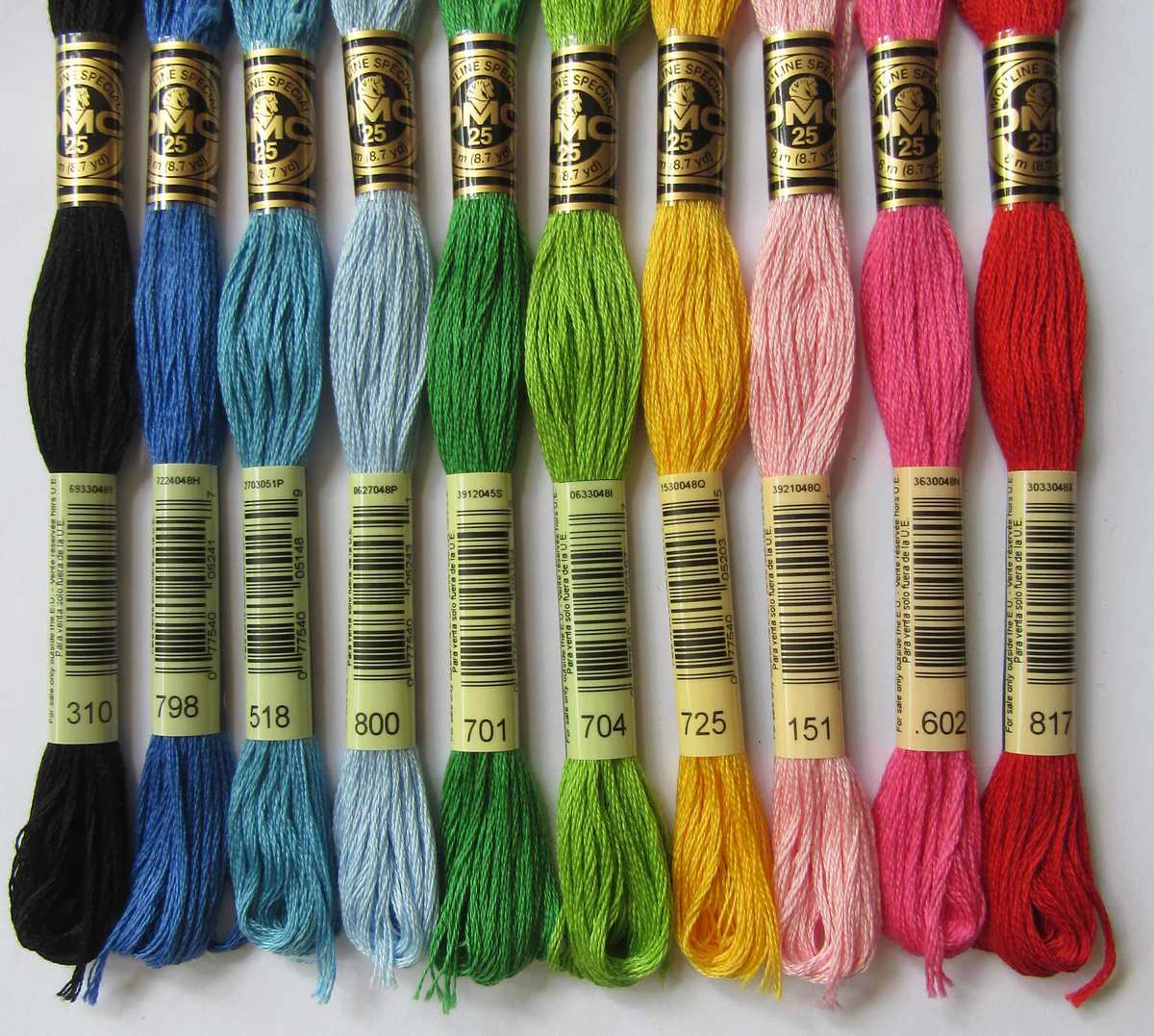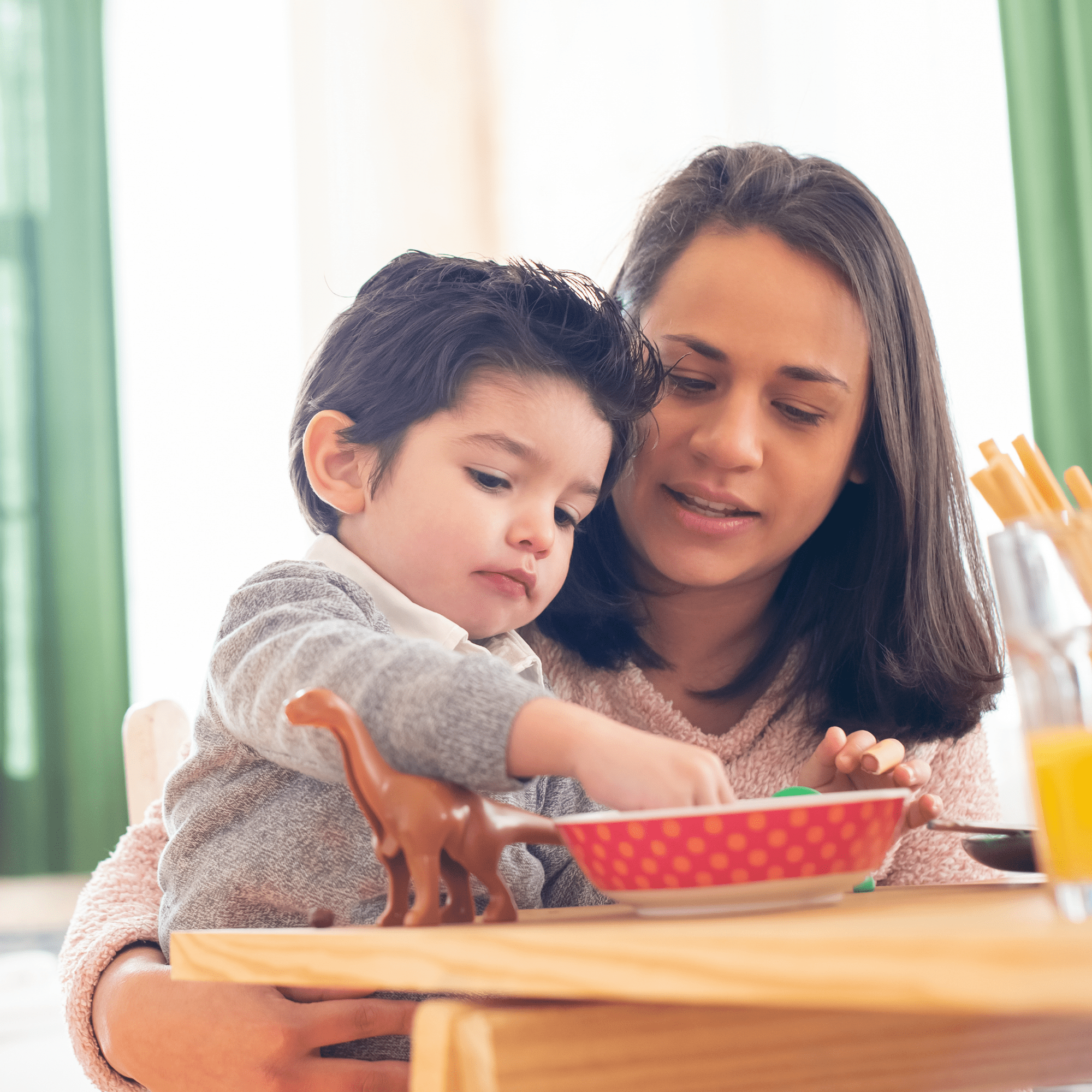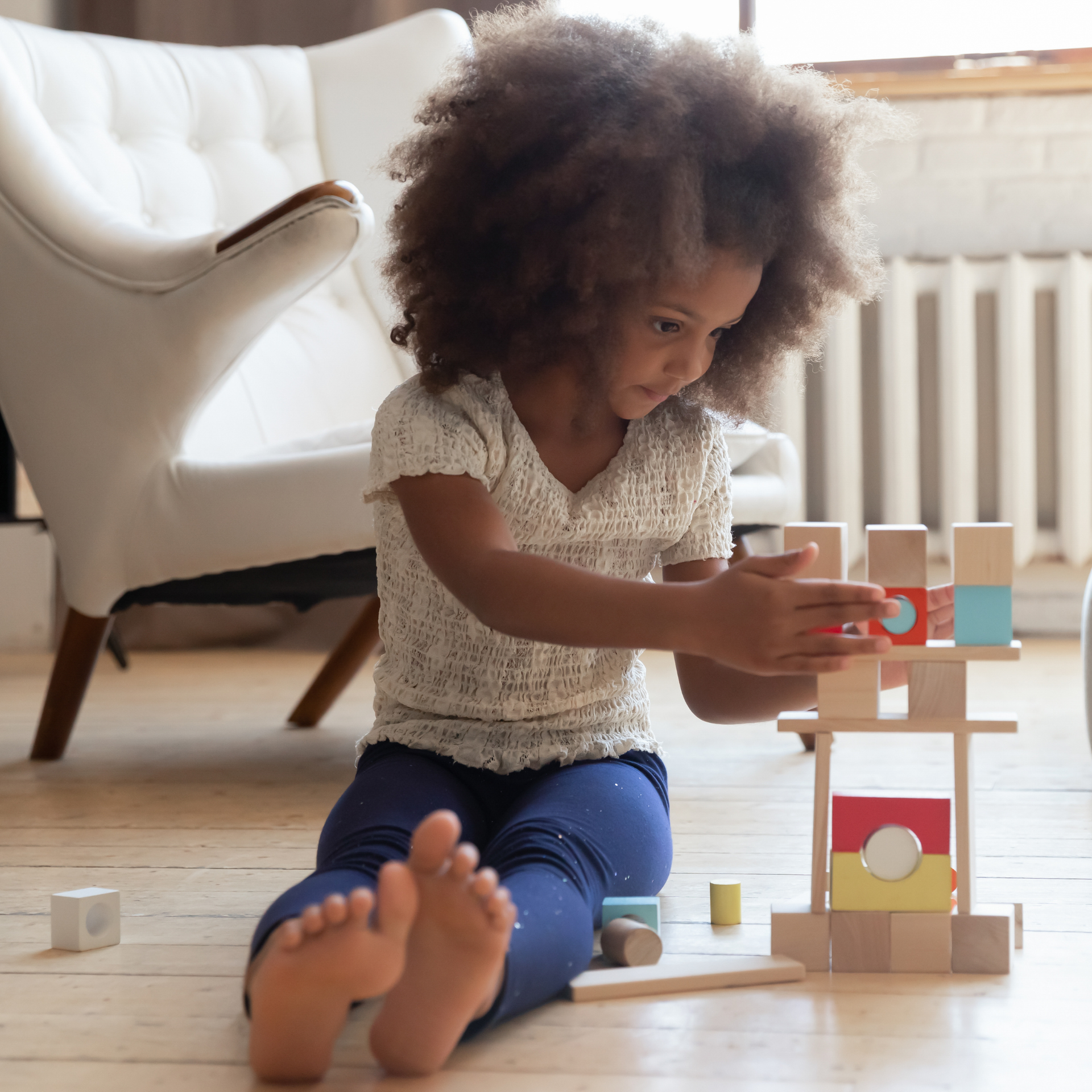We’ve all been there—the cookie aisle showdown at the grocery store, the struggle of leaving the playground before everyone else, or the resistance to an unwanted haircut at the salon. Tantrums can hit hard and fast, and it’s completely normal for kids to struggle with expressing big emotions in socially appropriate ways. For children on the Autism Spectrum, these emotional challenges can be even more intense due to sensory sensitivities and communication differences. As a parent, teaching healthy coping skills—whether your child is neurotypical or has a disability—can feel overwhelming, but you don’t have to do it alone. In this guide, we’ll walk you through the basics of emotional awareness, how to help your child name and understand their feelings, and the steps to creating a coping skills toolkit you can take anywhere—so you’re ready for those tricky, “uh-oh, a meltdown is coming” moments with confidence and support.
What is a Coping Skills Toolkit?
A Coping Skills Toolkit is essentially a collection of strategies, items, and activities that help your child calm down, refocus, or self-regulate during moments of stress or sensory overload. It’s tailored to their individual preferences and needs, making it a powerful tool for both everyday situations and more challenging moments.
Teaching Empathy and Emotions
Emotions are a part of everyday life—and all of them matter. If you’ve seen Disney Pixar’s Inside Out, you already know: there’s no such thing as a “bad” emotion. Emotions like anger, frustration, or sadness are just as valuable as happiness and joy. They all give us important information about what’s going on around us. One simply can’t exist without the other!
Before we jump into coping strategies, it’s essential to help kids recognize and name what they’re feeling. As the saying goes, “If you can name it, you can tame it!” Start by teaching your child how to label their emotions. Not sure how? The GBS blog post “Teaching Empathy and Enhancing Social Skills in Children With Autism” offers some great ideas—follow Ashley’s simple steps to build that foundation.
Once your child can consistently identify how they’re feeling, they’ll be ready to learn healthy coping skills to manage those emotions.
Teaching Coping Skills
We all use coping skills every day—sometimes without even realizing it. Maybe you take a deep breath, count to ten, or look forward to your favorite relaxing activity at the end of the day. These small strategies help us manage our emotions in a healthy way that works for us. For many children, particularly those with different sensory or processing needs, this process can be more complex. What works in one situation might not work in another, and that’s why having a physical coping skills toolkit can make a big difference for many young people.
Start with the basics: deep breathing, grounding exercises using the five senses, or squeezing a stress ball. Create simple visuals for each strategy, including step-by-step instructions that your child can easily follow. The key? Practice these skills before your child is upset. Think about it—when you’re already angry or overwhelmed, being told to “calm down” rarely helps. Kids are no different.
Set aside calm, quiet moments at home to introduce and practice these tools. Model the skill first, then invite your child to role-play using it in different scenarios. For example, say: “Let’s pretend your favorite TV show isn’t on. How would that make you feel? What could you do instead of yelling or getting upset?” Once your child is able to use the strategy independently during role-plays, add it to their toolkit.
It can also be powerful to talk about your own experiences. Share times when you’ve had big feelings and how you handled them—especially when your child is watching you navigate tough moments. Modeling is one of the best ways to teach coping skills, and it shows your child that everyone, even grownups, needs help managing emotions sometimes.
Taking Role Playing a Step Further
Once your child is identifying emotions and using coping strategies during role play, it’s time to take it a step further—and get a little creative!
Add Visual Supports for Real-Life Situations
- Target known triggers: Create visuals for situations that typically lead to big emotions (e.g., leaving the playground, not getting a turn, hearing “no”).
- Use reminders for what to say and do: These visuals can include simple, clear language and pictures that prompt your child to use appropriate words and body behaviors.
- Cue replacement behaviors: This helps your child choose positive alternatives (e.g., using words, deep breaths, walking away) instead of resorting to tantrums or other problem behaviors.
Teach Emotional Perspective-Taking
- Use a 1–10 emotion scale: Ask your child to rate how strong their feeling is on a scale from 1 to 10. This helps build awareness of emotional intensity.
- Introduce the “Will it matter?” tool: If your child is able, talk through questions like:
-
- Will this matter in 1 minute?
- How about in 1 day? 1 week? 1 month? 1 year?
-
- Make comparisons: Help your child understand the difference between everyday setbacks and major problems. For example: “Losing a board game with your siblings is not the same as losing the World Series.”
These tools not only support emotional regulation in the moment but also help build lifelong perspective and resilience.
How to Use the Toolkit Effectively
Once you’ve created the toolkit, it’s important to teach your child how and when to use it. Here are some tips:
- Practice During Calm Moments: Introduce the toolkit when your child is relaxed so they understand how each tool works.
- Keep It Accessible: Store the toolkit in places where your child spends time—at home, school, or even in the car.
- Model Its Use: Show your child how you use similar strategies when feeling stressed; this reinforces its importance.
- Involve Teachers and Caregivers: Share the toolkit with others who support your child so they can help implement it consistently.
Example Coping Tools
Here’s a list of ideas to include in your child’s toolkit:
| Category | Examples |
|---|---|
| Sensory | Fidget spinner, chewable necklace |
| Emotional | Picture cards with calming strategies |
| Physical | Weighted blanket, trampoline |
| Visual | Social stories about calming down |
| Auditory | Noise-canceling headphones, calming music |
Final Thoughts
Remember, every child is unique, so focus on what works best for your family. Whether it’s sensory tools, calming activities, or visual supports, these resources will give your child—and you—a sense of security during life’s ups and downs. Start building your child’s toolkit today—you’ve got this!
It is important to note that you may see your child using a coping skill effectively, and then all of sudden, it doesn’t seem to work anymore. Do not be alarmed! Guide them toward trying other coping skills until they find one that works. This is why we keep our toolkit full of strategies! And as always, don’t be afraid to reach out for support, whether that is your Graham appointed BCBA, a close friend or family member, or your own therapist. And as always, don’t hesitate to contact us with any questions!
Interested in starting services? Contact us to get the process started!














